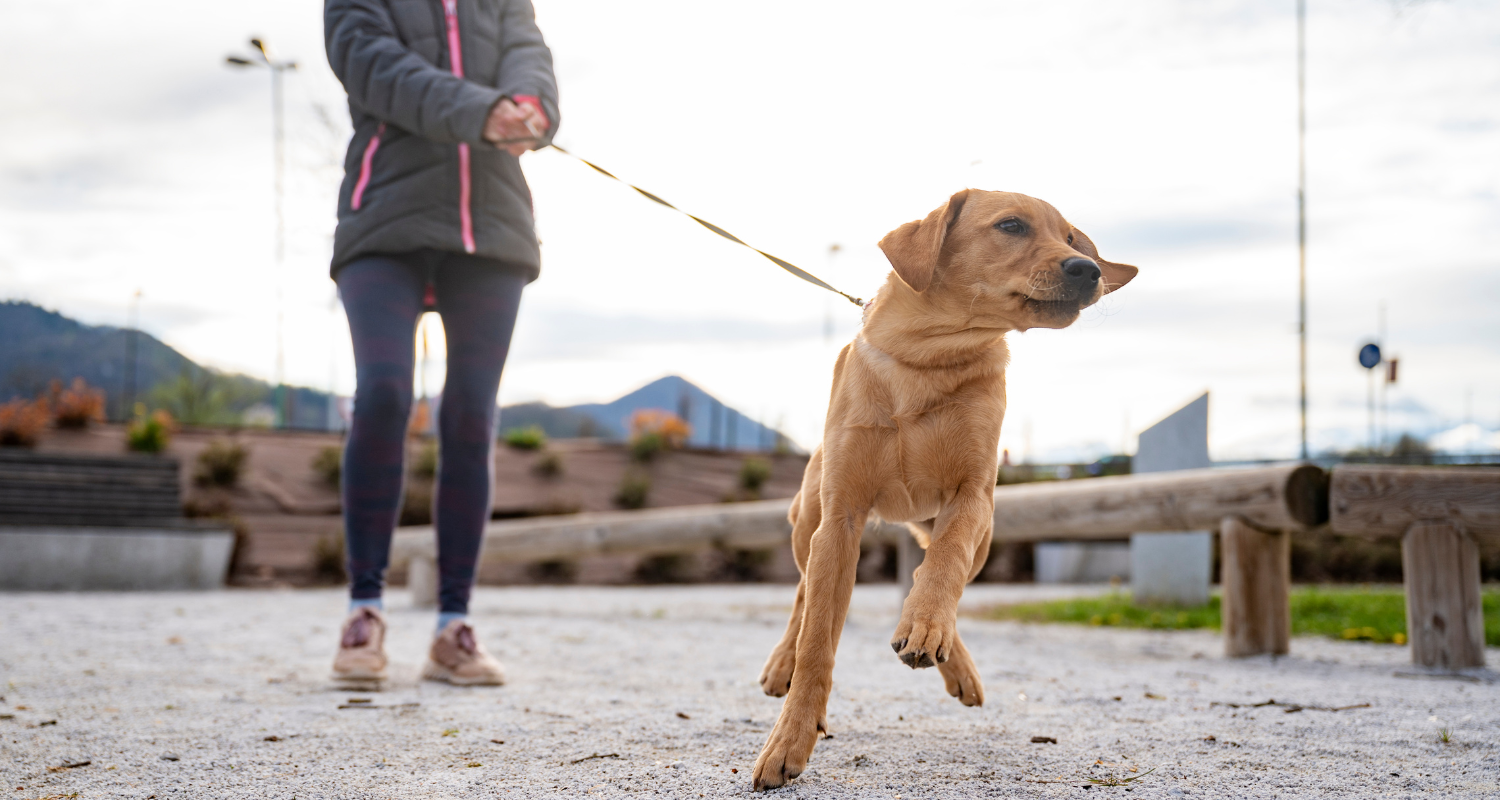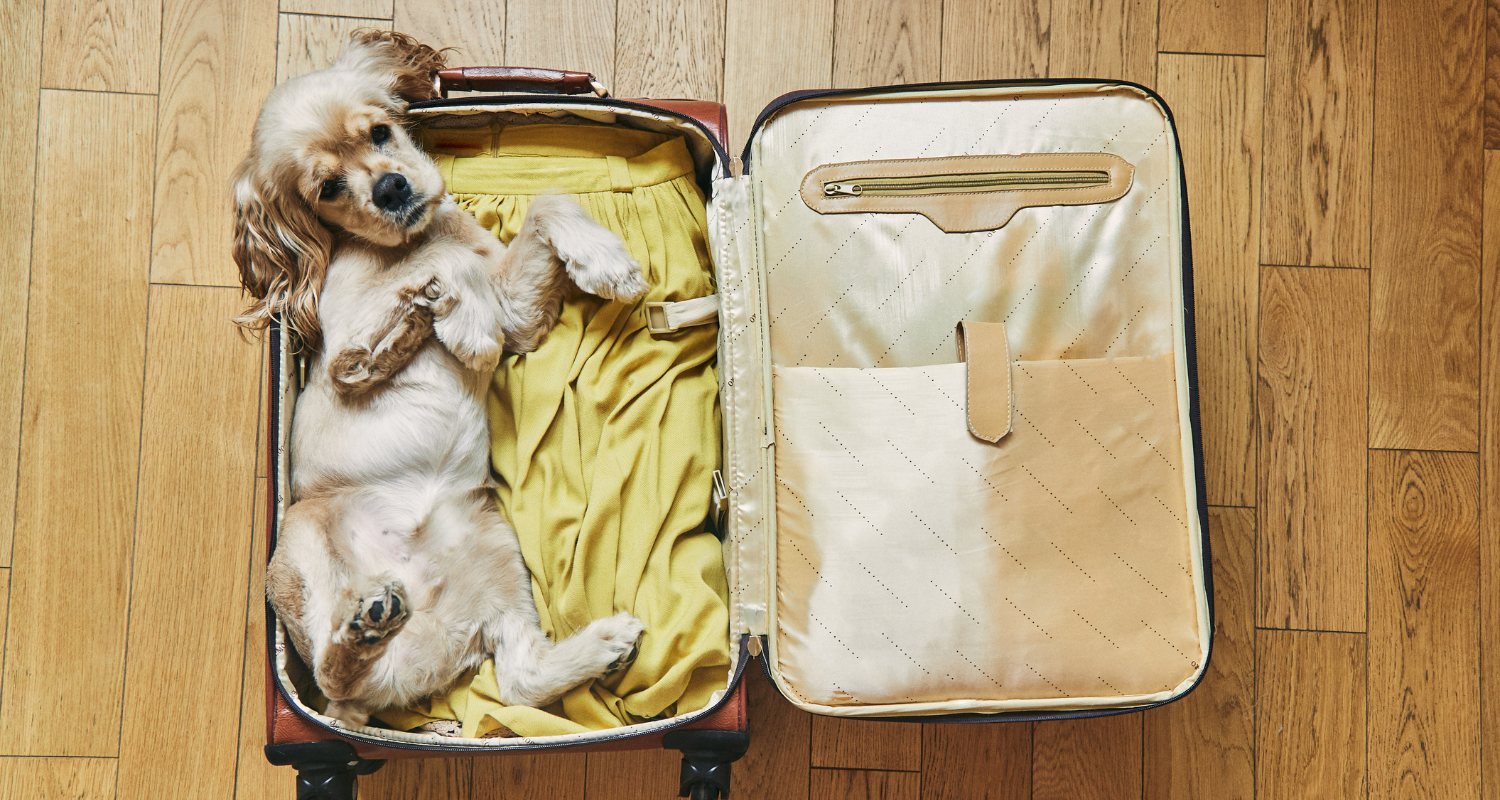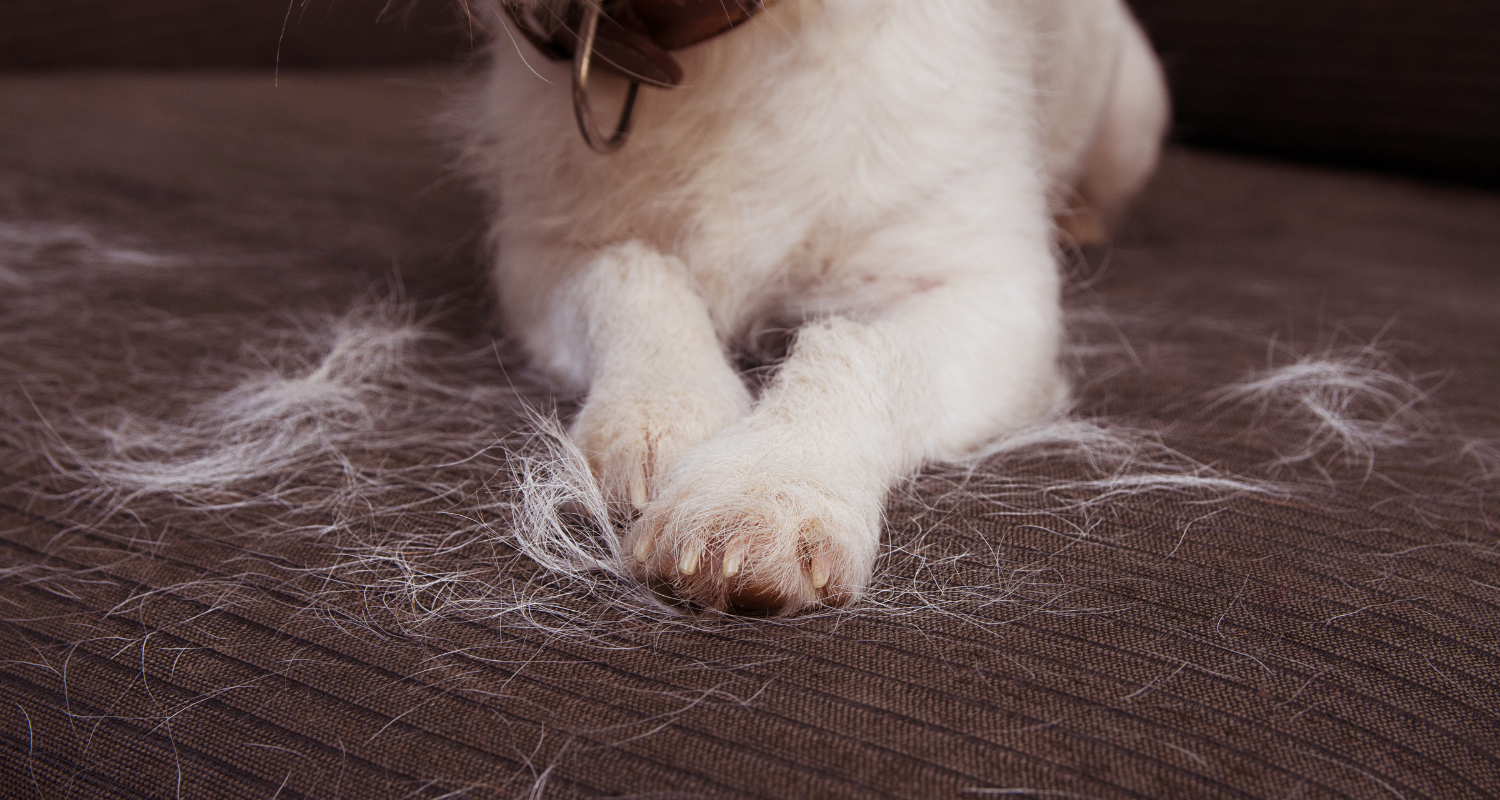Walking your dog should be an enjoyable experience for both you and your furry friend, but if your dog is constantly pulling on the leash, it can quickly become frustrating and exhausting. Fortunately, with the right techniques and consistent training, you can teach your dog to walk politely on a leash, making your walks more enjoyable and stress-free. In this blog post, we'll explore some effective strategies for stopping your dog from pulling on its leash and fostering better leash manners.
Understand the Why
Before addressing the issue of leash pulling, it's essential to understand why dogs do it in the first place. Dogs pull on the leash for various reasons, including excitement, curiosity, or simply because they've learned that pulling gets them where they want to go faster. By understanding your dog's motivations, you can better address the underlying causes of leash pulling and work towards a solution.
Use Positive Reinforcement
One of the most effective ways to stop your dog from pulling on its leash is through positive reinforcement training. Instead of punishing your dog for pulling, focus on rewarding them for walking politely by your side. Use treats, praise, and toys as rewards for good behaviour, and be consistent in reinforcing the desired behaviour.
Teach Loose Leash Walking
To teach your dog to walk politely on a leash, start by teaching them the concept of "loose leash walking." Begin in a low-distraction environment and use treats to lure your dog into walking by your side with a loose leash. Whenever your dog starts to pull, stop walking and wait for them to return to your side before continuing. Repeat this process consistently until your dog learns to walk calmly on a loose leash.
Use Positive Interrupters
When your dog starts to pull on the leash, use positive interrupters such as a gentle tug on the leash or a verbal cue to get their attention and redirect their focus back to you. Avoid yanking or jerking the leash, as this can cause discomfort and may reinforce the pulling behavior. Instead, use gentle but firm guidance to remind your dog to stay by your side.
Be Consistent and Patient
Consistency is key when it comes to leash training, so be patient and persistent in reinforcing the desired behaviour. Practice leash training in different environments and gradually increase the level of distraction as your dog becomes more proficient. Remember that leash training takes time and effort, so be patient with your dog and celebrate small victories along the way.
Consider Equipment Options
If your dog continues to pull on the leash despite your best efforts, consider using training aids such as front-clip harnesses or head halters. These tools can help provide additional control and may make it easier to redirect your dog's pulling behaviour. However, it's essential to use these tools responsibly and in conjunction with positive reinforcement training.
Stopping your dog from pulling on its leash requires patience, consistency, and positive reinforcement. By understanding your dog's motivations, using positive reinforcement training, teaching loose leash walking, using positive interrupters, being consistent and patient, and considering equipment options, you can teach your dog to walk politely on a leash and enjoy stress-free walks together. With time and effort, you and your furry friend can develop a strong bond and enjoy many happy walks together.





Leave a comment
This site is protected by hCaptcha and the hCaptcha Privacy Policy and Terms of Service apply.